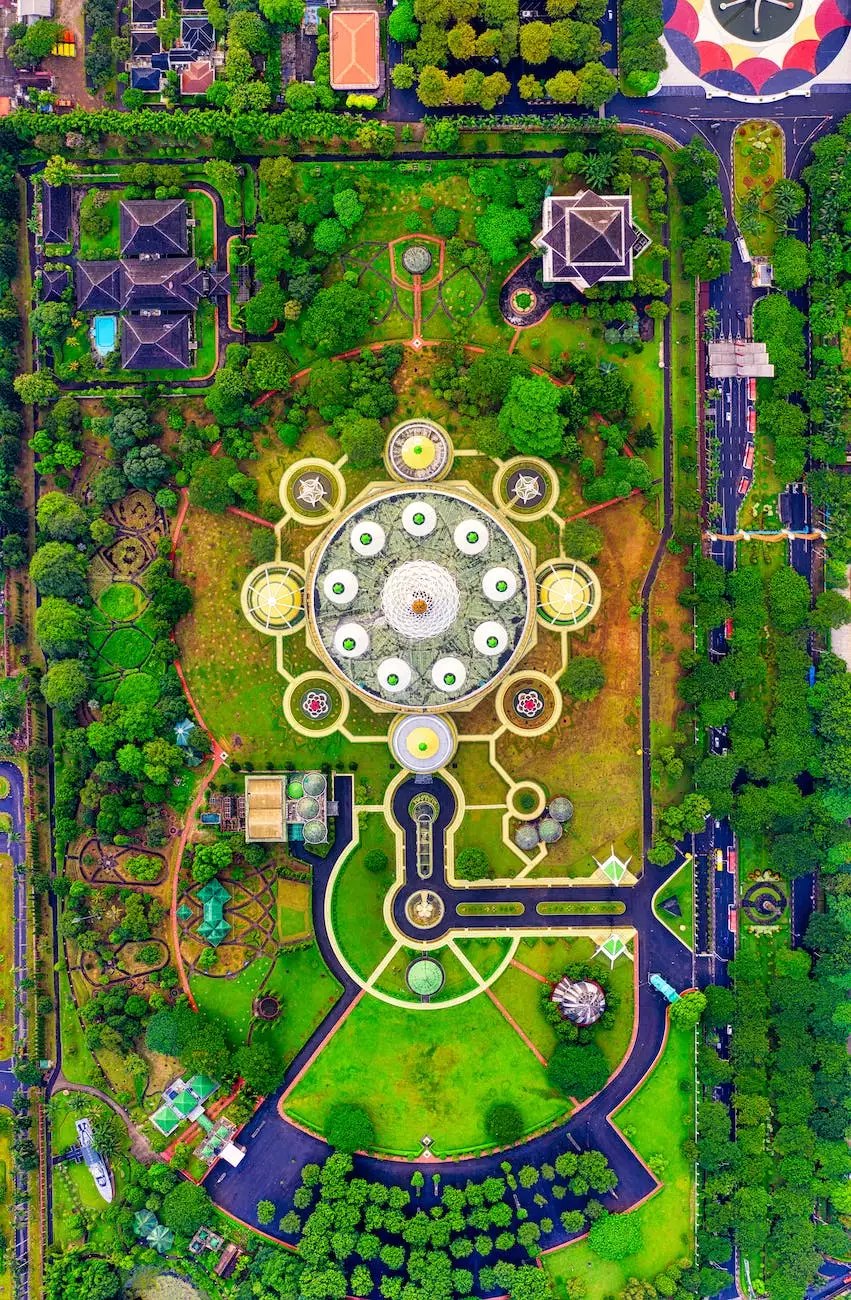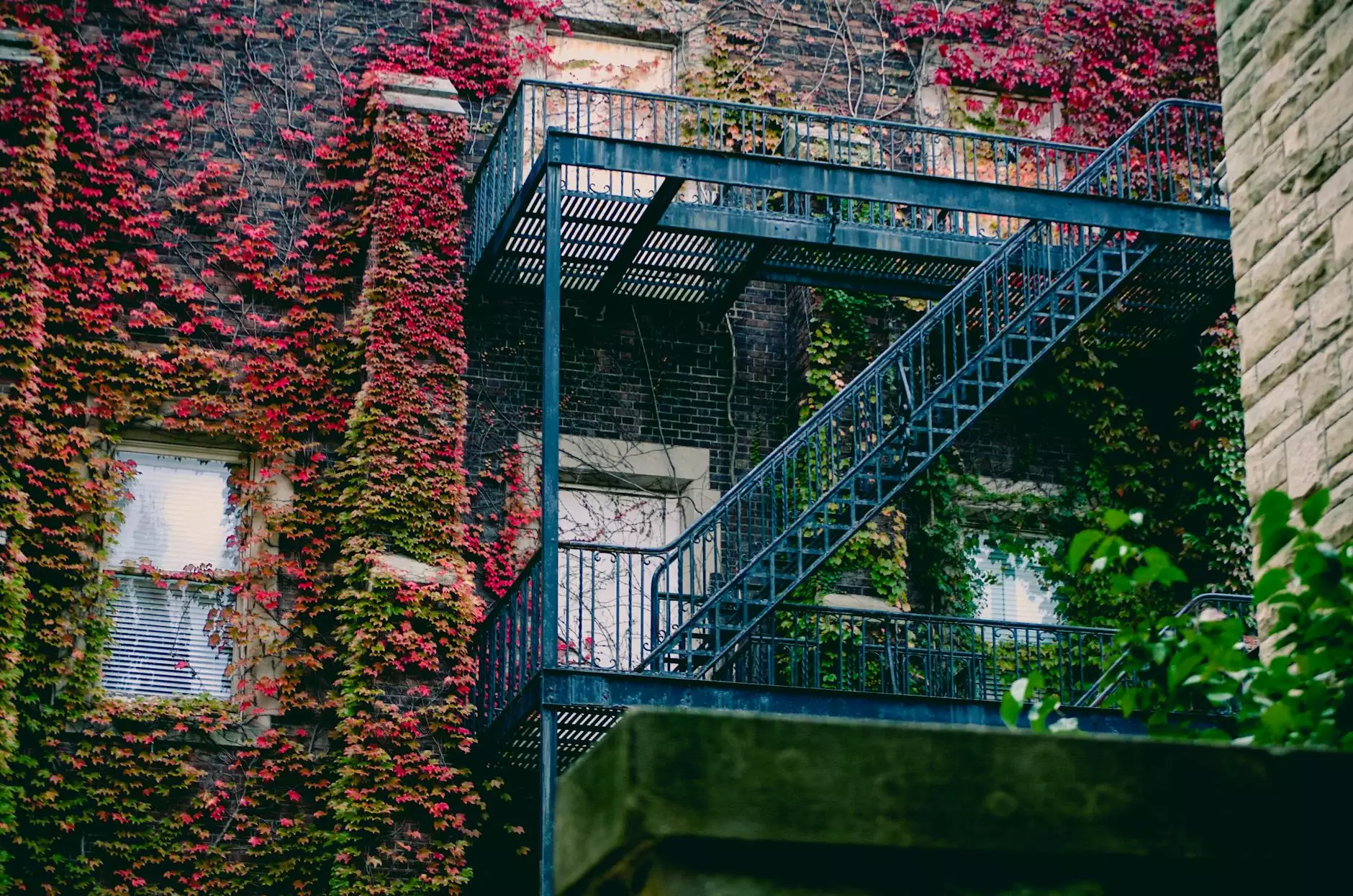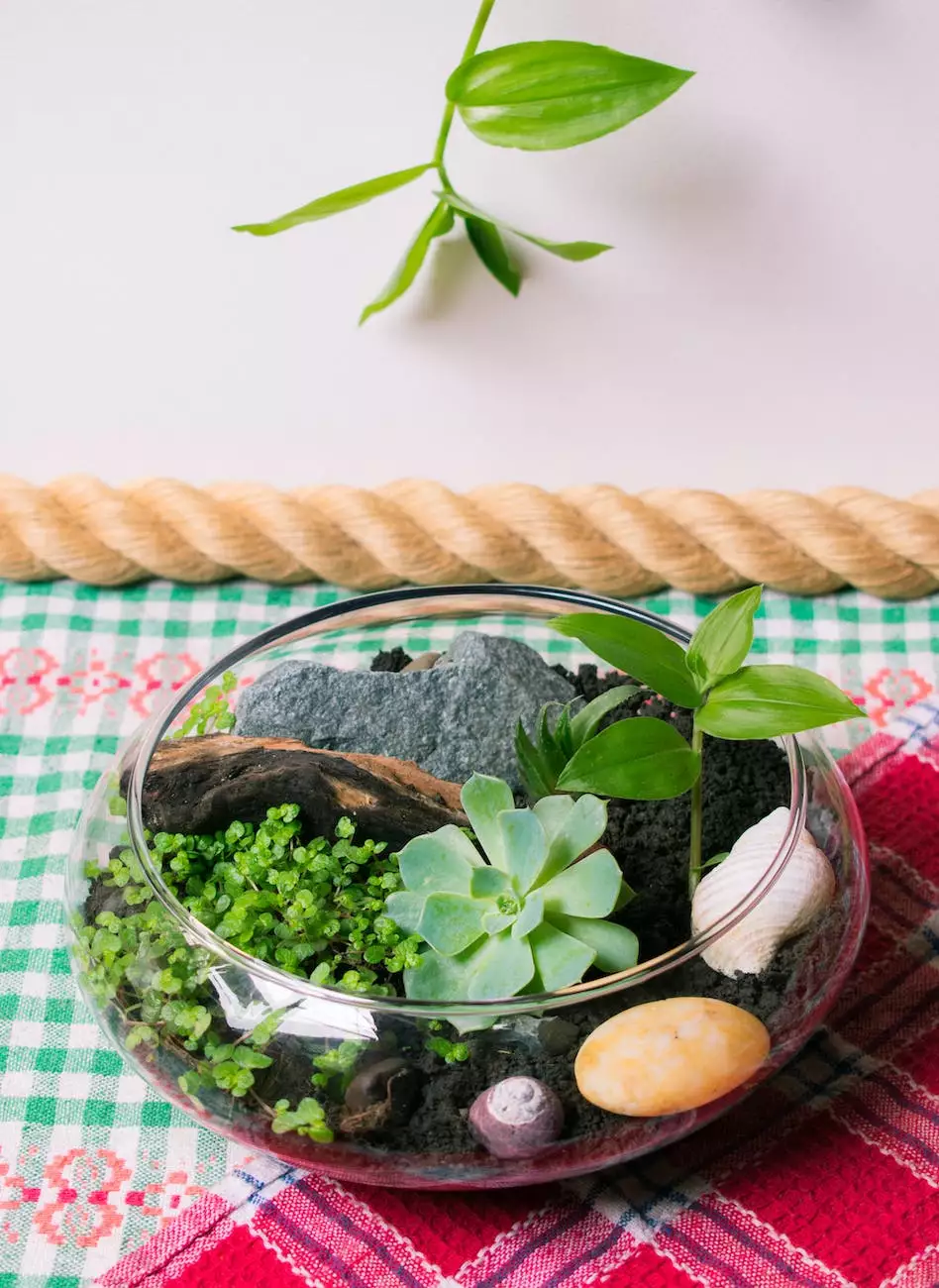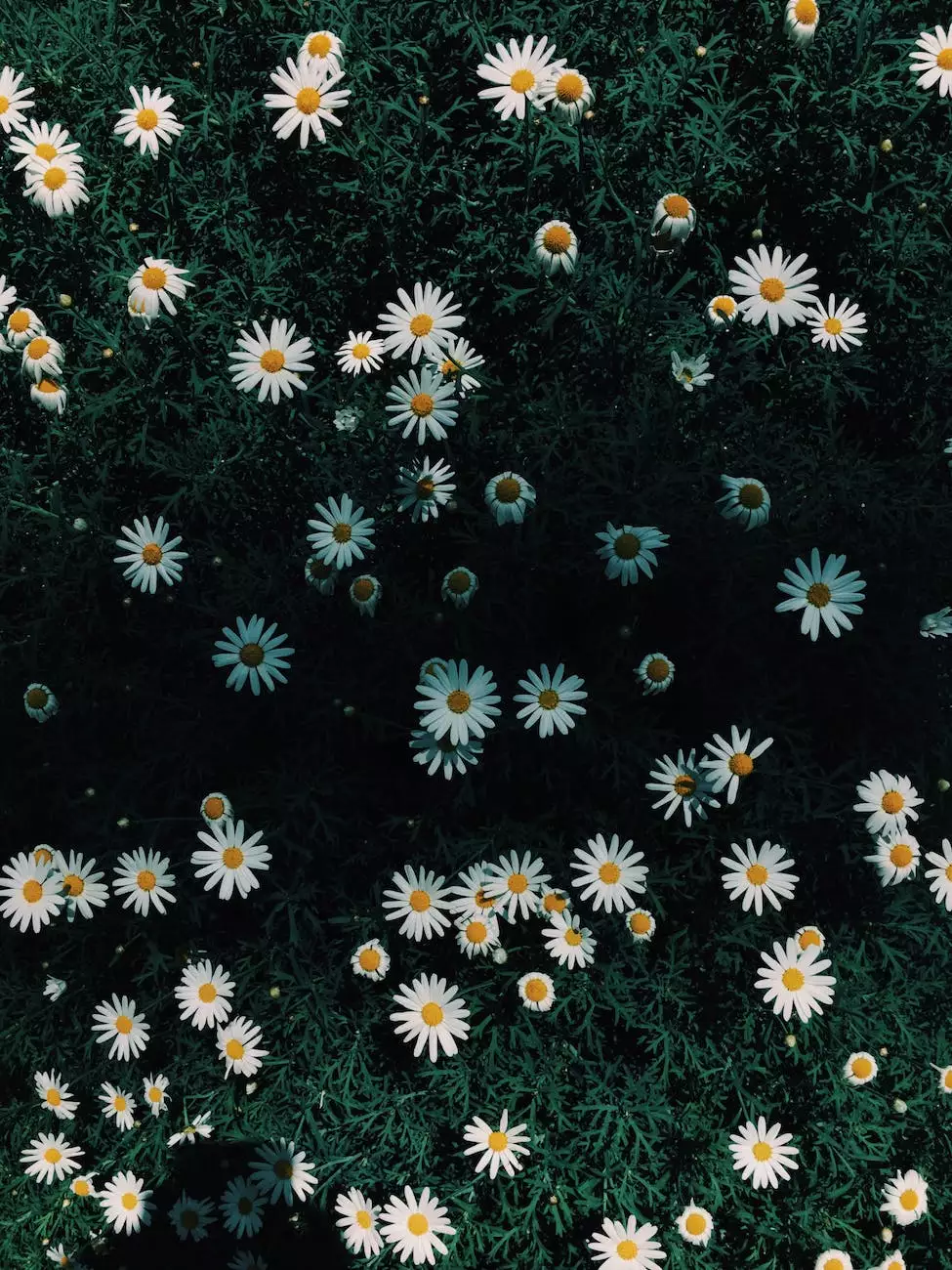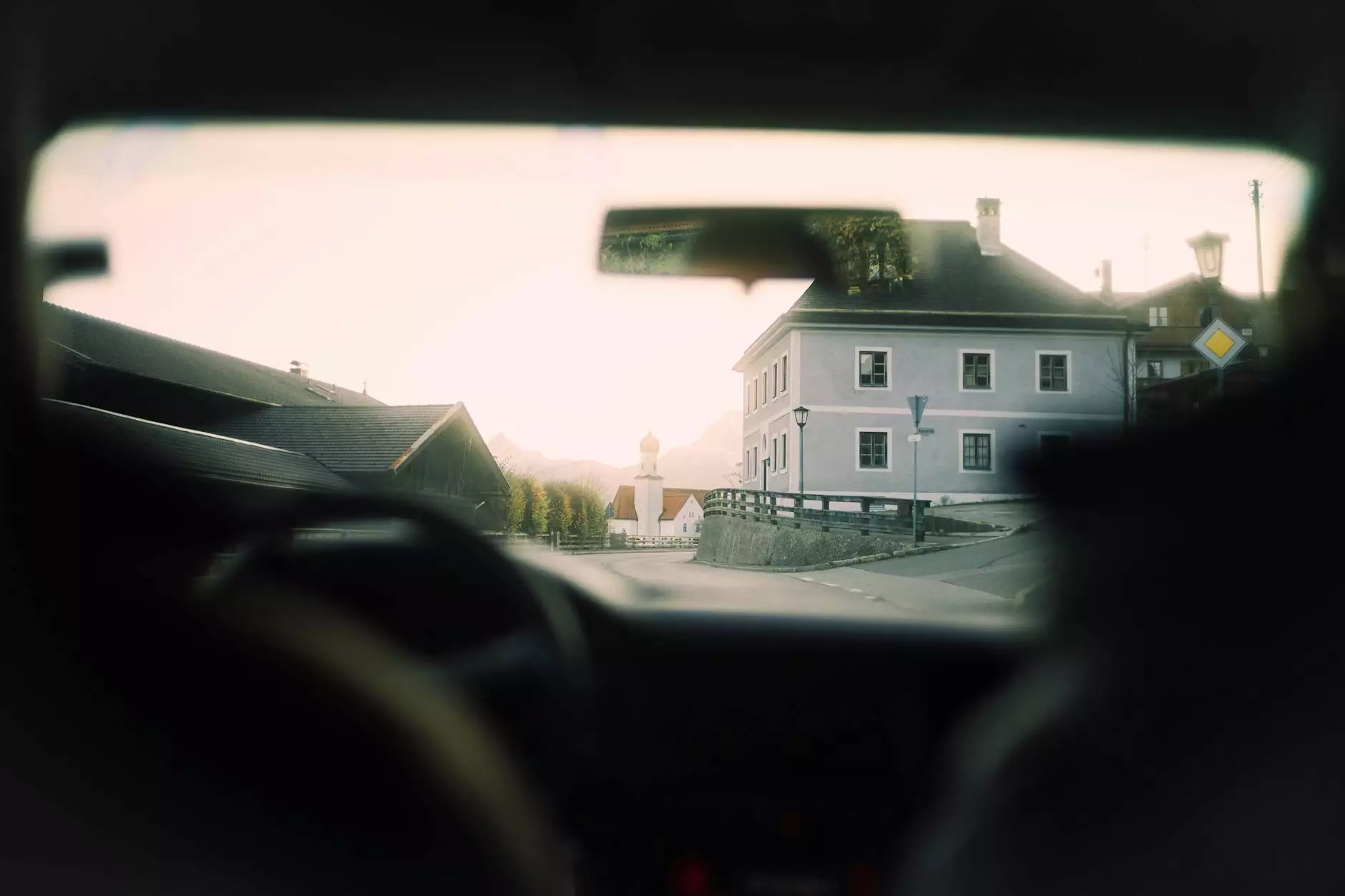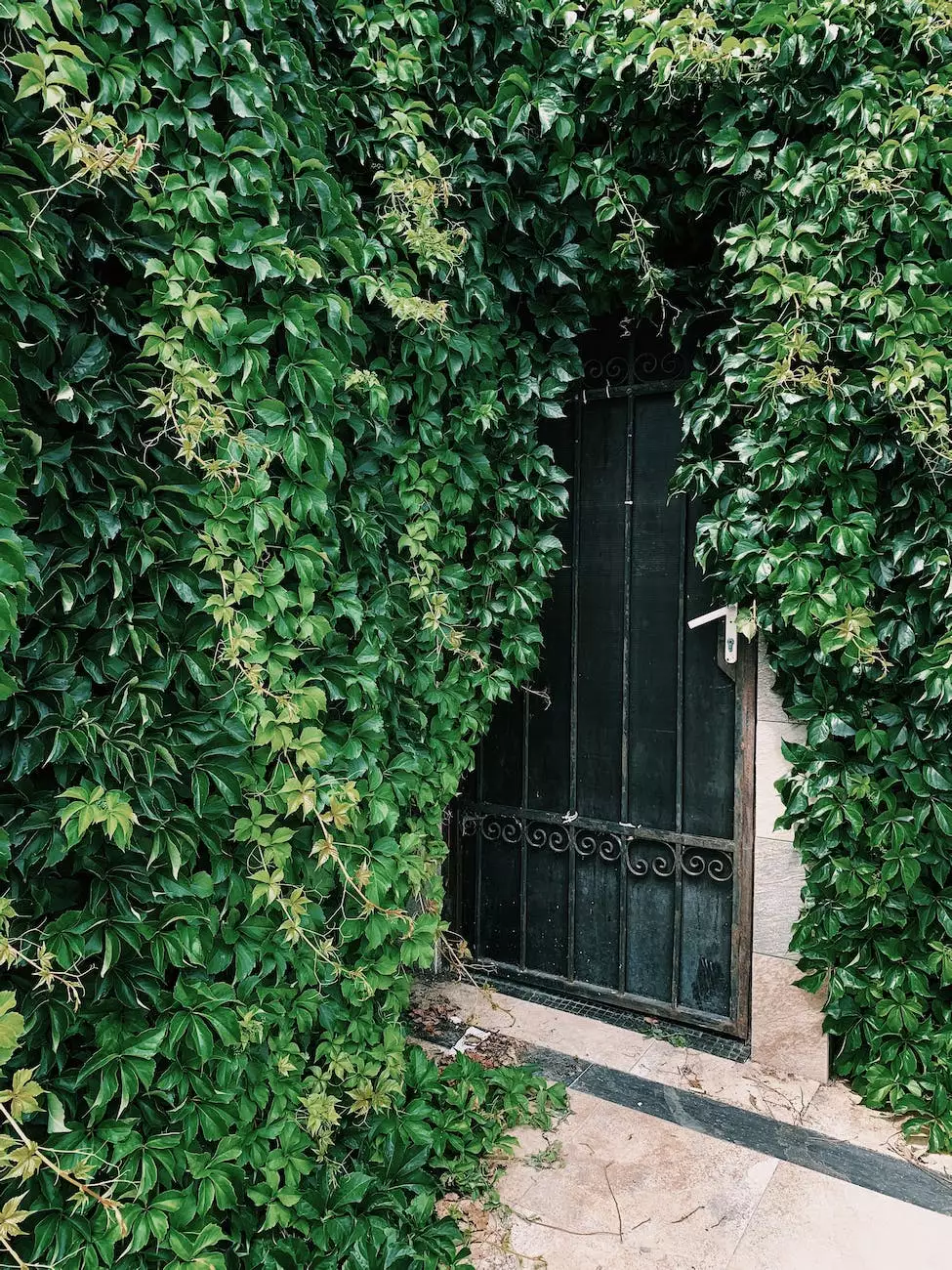HOW TO USE GRAVEL IN THE GARDEN
Custom Outdoor Patio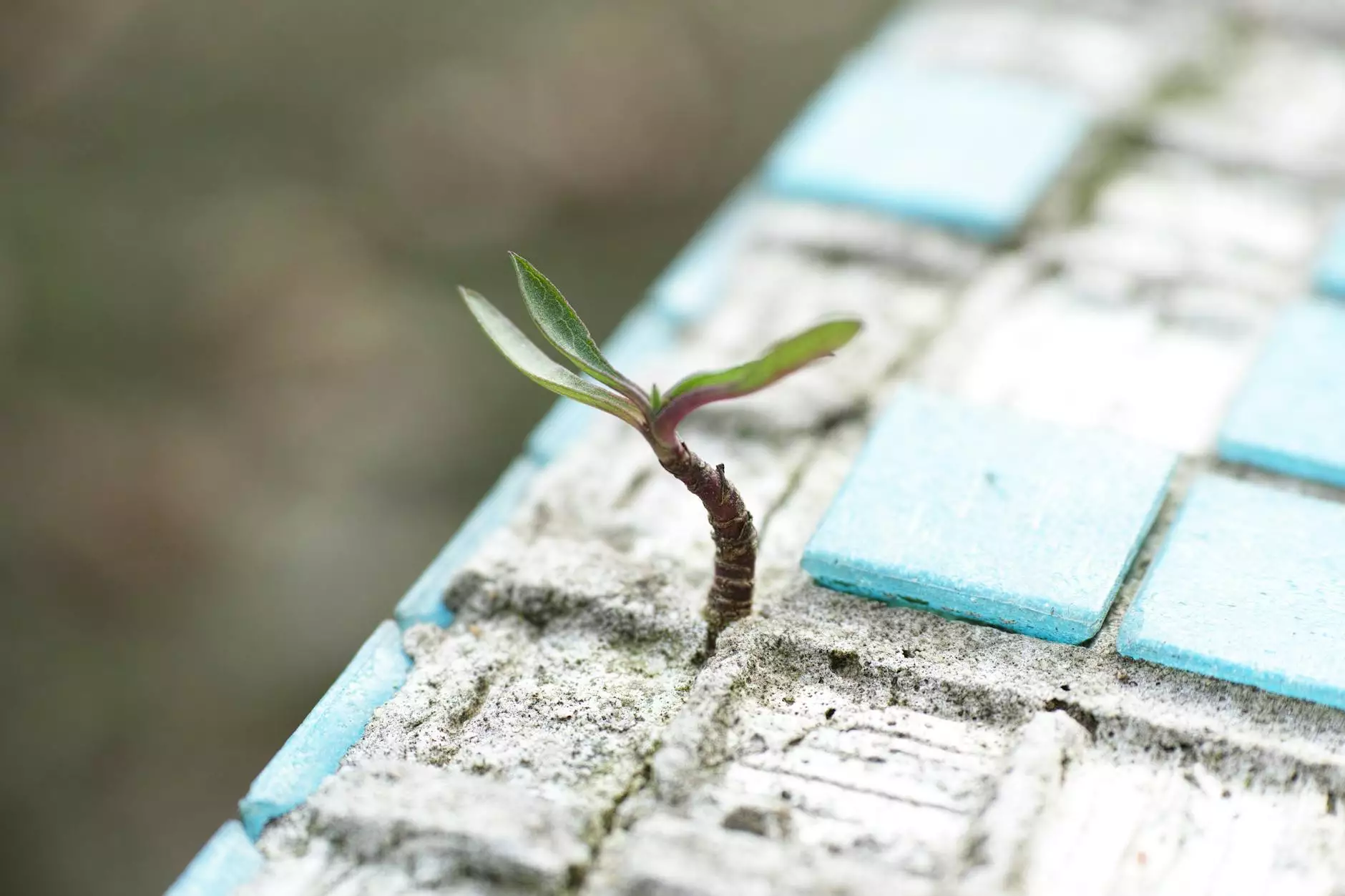
Introduction to Gravel in Garden Design
Gravel is a versatile and affordable material that can greatly enhance the visual appeal and functionality of any garden. Whether you're looking to create a pathway, add a decorative element, or improve drainage, gravel can be a valuable addition to your gardening toolkit.
Benefits of Using Gravel in Your Garden
When used correctly, gravel offers several benefits to your garden:
- Enhanced Drainage: Gravel allows water to percolate through the soil more effectively, preventing waterlogging and root rot.
- Weed Suppression: A layer of gravel can act as a natural barrier to weed growth, reducing the need for frequent weeding.
- Easy Maintenance: Gravel requires minimal maintenance and can help reduce the time and effort spent on garden upkeep.
- Visual Appeal: With its wide range of colors, textures, and sizes, gravel can add a beautiful and customized touch to your garden design.
- Cost-Effective Solution: Compared to other landscaping materials, gravel is often more affordable, making it a popular choice for both small and large-scale garden projects.
Choosing the Right Gravel for Your Garden
Selecting the appropriate gravel for your garden is essential to achieve the desired look and functionality. Consider the following factors:
- Size: Gravel comes in various sizes, ranging from small pebbles to larger stones. Smaller gravels work well for pathways and ground covers, while larger stones can create a focal point or anchor for specific areas.
- Color: The color of gravel can greatly impact the overall aesthetic of your garden. Neutral tones like beige or gray provide a classic look, while vibrant colors can add a splash of personality.
- Texture: The texture of gravel influences both visual and functional aspects. Smooth river rocks offer a more polished look, while rougher stones can provide better traction.
- Compatibility: Consider the existing elements in your garden, such as plants, structures, and other landscaping materials. Choose gravel that complements and harmonizes with your overall design.
How to Use Gravel in Different Areas of Your Garden
1. Pathways and Walkways
Gravel pathways create an inviting and natural flow throughout your garden. To install a gravel pathway:
- Outline the desired path and remove any existing grass or debris.
- Prepare the base by ensuring the ground is level and compacted.
- Lay a landscape fabric or weed barrier to prevent weed growth.
- Spread a layer of gravel evenly, ensuring a depth of at least 2-3 inches for stability.
- Rake and compact the gravel, making sure it is firmly in place.
2. Garden Borders and Edging
Gravel can serve as an attractive and functional border for garden beds or edging along driveways. Here's how to incorporate gravel as a border:
- Determine the desired border width and shape.
- Excavate a shallow trench along the border to accommodate the gravel.
- Install plastic or metal edging along the trench to keep the gravel contained.
- Add a layer of gravel within the trench, ensuring it is level and neatly filling the space.
- Compact the gravel gently to prevent shifting.
3. Decorative Elements
Adding decorative gravel elements can bring visual interest to your garden. Consider these ideas:
- Gravel Mulch: Spread a layer of gravel around trees, shrubs, or garden statues to create an eye-catching focal point.
- Rock Gardens: Combine gravel with other rocks and boulders to design a unique rock garden, adding texture and dimension to your landscape.
- Water Features: Create a beautiful water feature, such as a tranquil pond or cascading waterfall, using gravel as the base and surrounding material.
- Gravel Pots: Fill empty containers and pots with gravel for improved drainage and aesthetics.
Maintaining Your Gravel Garden
Although gravel requires minimal maintenance, it is essential to keep your garden looking its best:
- Regular Weeding: While gravel helps suppress weed growth, occasional weeding is still necessary to maintain a clean and tidy appearance. Remove any unwanted plants or grass that may emerge.
- Preventing Erosion: Check for any signs of gravel displacement or erosion caused by heavy rainfall or foot traffic. Rake and level the gravel as needed to ensure proper coverage and stability.
- Refilling and Replenishing: Over time, gravel may settle or get displaced. Periodically add more gravel to maintain the desired thickness and coverage.
- Cleaning and Rinsing: Remove debris, leaves, or any other material that may accumulate on the surface of the gravel. Rinse with water if necessary.
Conclusion
Using gravel in your garden can transform ordinary spaces into stunning landscapes. From functional pathways to decorative features, the possibilities are endless. With the guidance provided by American Pond & Gardens, you can confidently incorporate gravel into your garden design, creating an outdoor space that is both visually appealing and functional.



